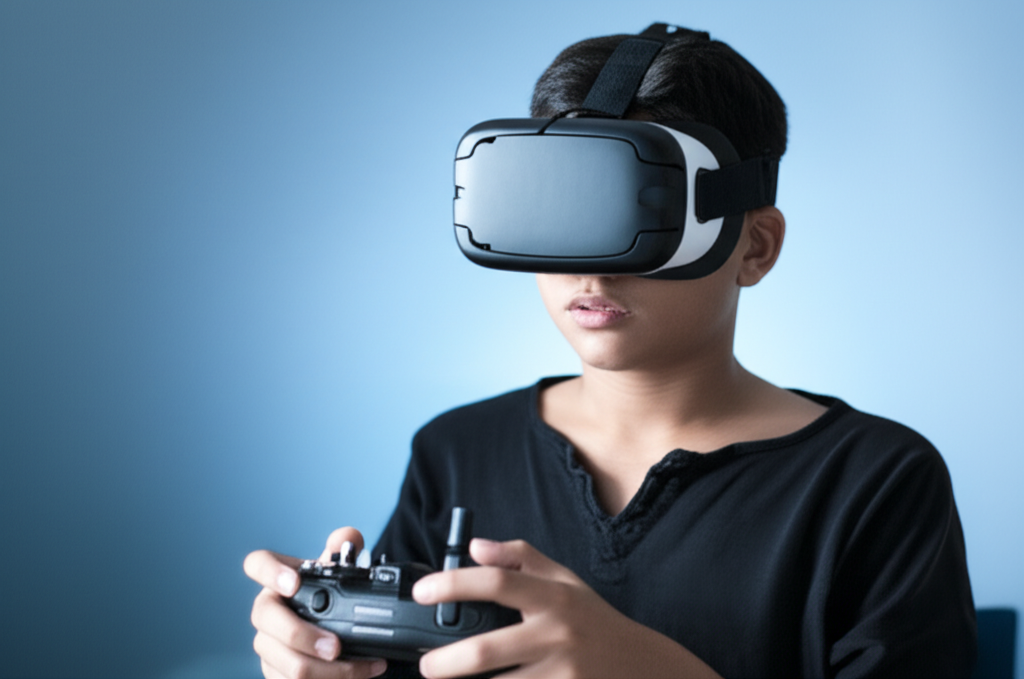The Digital Ace: Training the Next Generation of Drone Pilots
by Bo Layer, CTO | November 8, 2024

The article posits that 21st-century warfare requires a new generation of drone pilots, who are the digital equivalent of fighter aces, necessitating a scalable training paradigm that leverages virtual reality, mixed reality, and gamification to develop their unique blend of traditional and digital skills.
The image of the fighter ace, the swaggering pilot with nerves of steel, is a powerful one. But the ace of the 21st century may not sit in a cockpit at all. They may sit in a trench, a bunker, or even a comfortable chair thousands of miles from the battlefield, their eyes glued to a screen, their hands expertly guiding a high-performance drone through a complex battlespace. The drone pilot is the new warrior of the digital age, and we are in a race to create a new generation of them.
The skills required to be an effective drone pilot are a unique blend of old and new. They require the same tactical acumen, the same cool-headedness under pressure, as a traditional fighter pilot. But they also require a new set of skills, a new kind of digital dexterity that is more akin to a professional gamer than a traditional aviator. A skilled FPV drone pilot can perform maneuvers that would be impossible for a manned aircraft, and they can do it with a level of precision that is simply astounding.
So how do we train these new digital warriors? The old model of flight school, with its years of training and millions of dollars in cost, is simply not scalable. We need a new paradigm, one that is faster, cheaper, and more effective. This is where virtual and mixed reality come in. We can create hyper-realistic simulators that can replicate the experience of flying a drone in a contested environment, complete with enemy fire, electronic warfare, and all the other chaos of the modern battlefield.
But it's not just about creating realistic simulators. It's also about gamifying the training process. We can create leaderboards, award badges for completing difficult challenges, and even create a virtual 'Red Flag' exercise for drone pilots. By making the training process more engaging and more competitive, we can accelerate the learning process and create a new generation of drone pilots who are not just competent, but truly expert.
The future of air power will be defined not just by the quality of our drones, but by the quality of our pilots. We need to build a new training pipeline, a new digital 'Top Gun' for the 21st century. The nation that can produce the best drone pilots will have a decisive advantage in the conflicts to come.